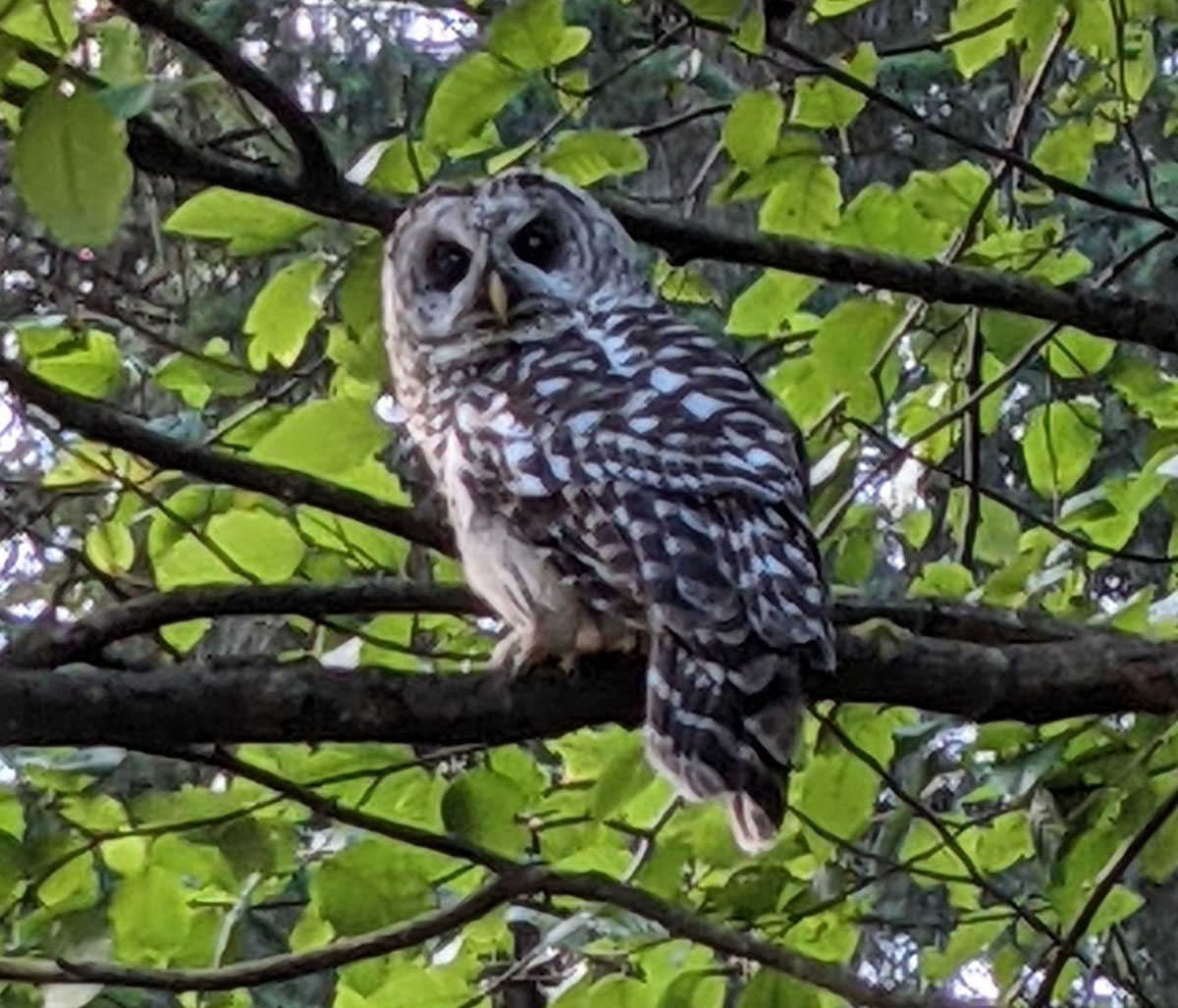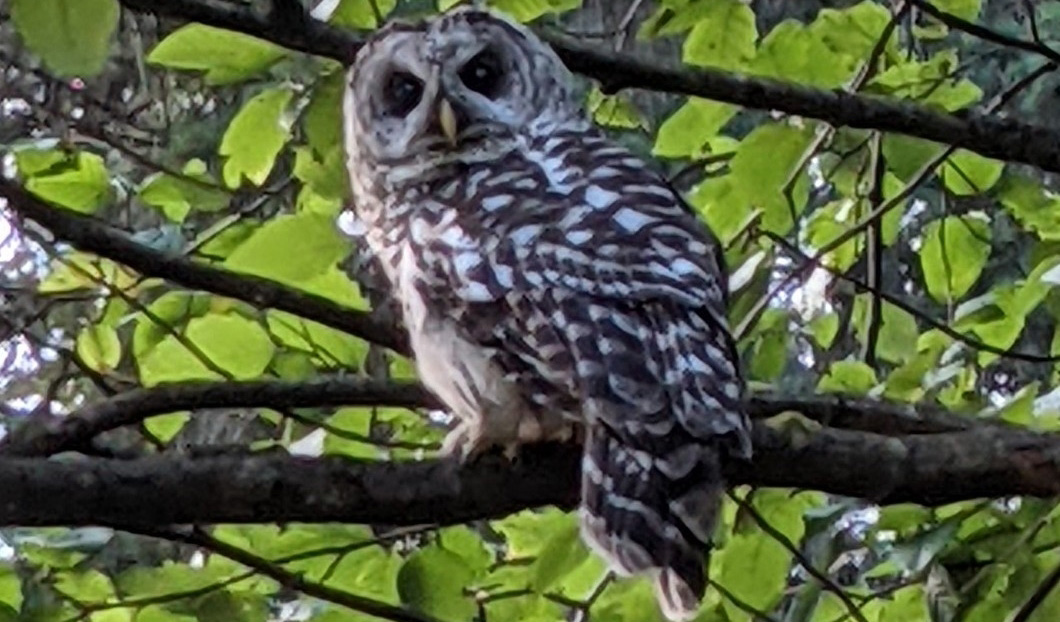When you’re out walking around campus, have you ever wondered about the plants, mushrooms and birds you see?
There are many ways you can satisfy your curiosity and contribute to science at the same time, and one way is using technology through smartphone apps like iNaturalist, Pl@ntNet, and eBird.
iNaturalist, which is available in over 32 languages on both Android and Apple devices, helps you identify plants, fungi, and animals by matching photos you take on your phone with similar photos taken nearby.
The pictures you take help scientific research and conservation efforts in a number of ways.
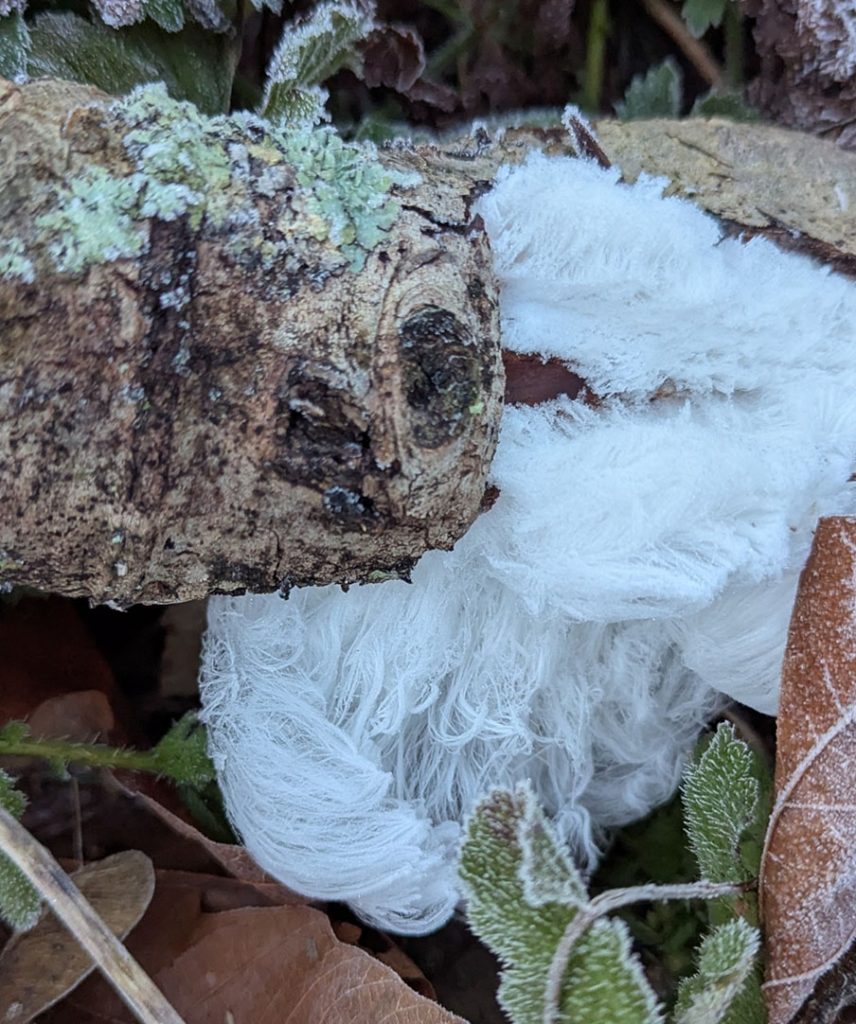
Photographs submitted to iNaturalist document the presence of native and invasive species in an area and can show the impacts of climate change. For example, a historical record of pictures could show plants are flowering earlier than in the past, or an insect found outside of its usual range. The images also become available for others to freely reuse for education or other purposes.
Another way you can contribute to science with iNaturalist is by helping to identify the species in other people’s observations. I’ve posted an image of a feather, and experts let me know what kind of bird it’s from.
Users should know that the suggested identification the app gives you is tentative and may be incorrect, so don’t eat plants or mushrooms based on iNaturalist or other users’ ID alone. There are many toxic lookalikes for edible plants and fungi. Also note that iNaturalist is meant to be used to gather data on wild plants and animals, not on cultivated plants or captive animals.
There are occasional iNaturalist community events called “Bioblitzes”, with a goal of collecting as much biodiversity data as possible on a specific area in a short time. One such event was held last May at UBC. Other efforts focus on collecting data in an ongoing way as a project, such as for BC Parks.
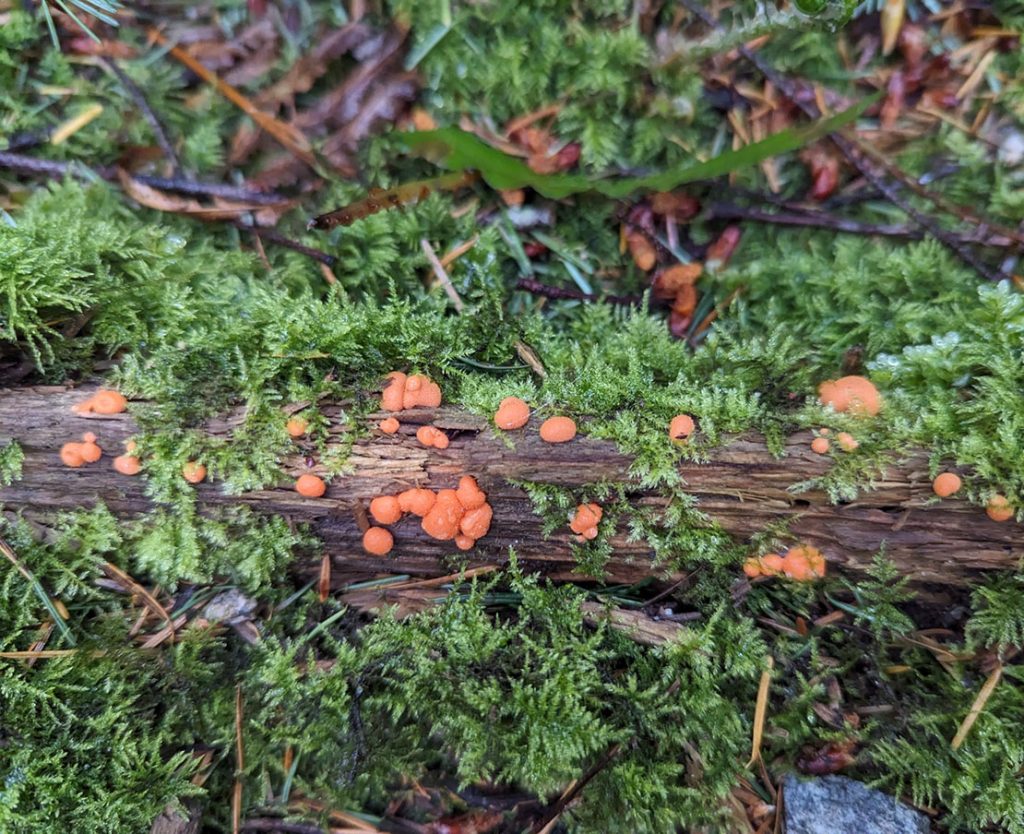
For kids, iNaturalist offers a fun, simplified app called Seek. Other, more specialized apps similar to iNaturalist include the plant-focused Pl@ntNet app, while apps like Cornell University’s Merlin and eBird focus on birds only.
Merlin has a feature that lets you identify birds by their songs and calls, in addition to photo-based ID. Merlin’s sound-based identification can help less experienced birders to know what to look for, and also to confirm the species of birds you hear. It will also record your observations and keep your life list.
Merlin can be connected with its companion app, eBird, which has additional features for tracking and sharing bird observations. Like iNaturalist, Merlin has community observation events focussed on gathering as much data as possible in a particular time period.
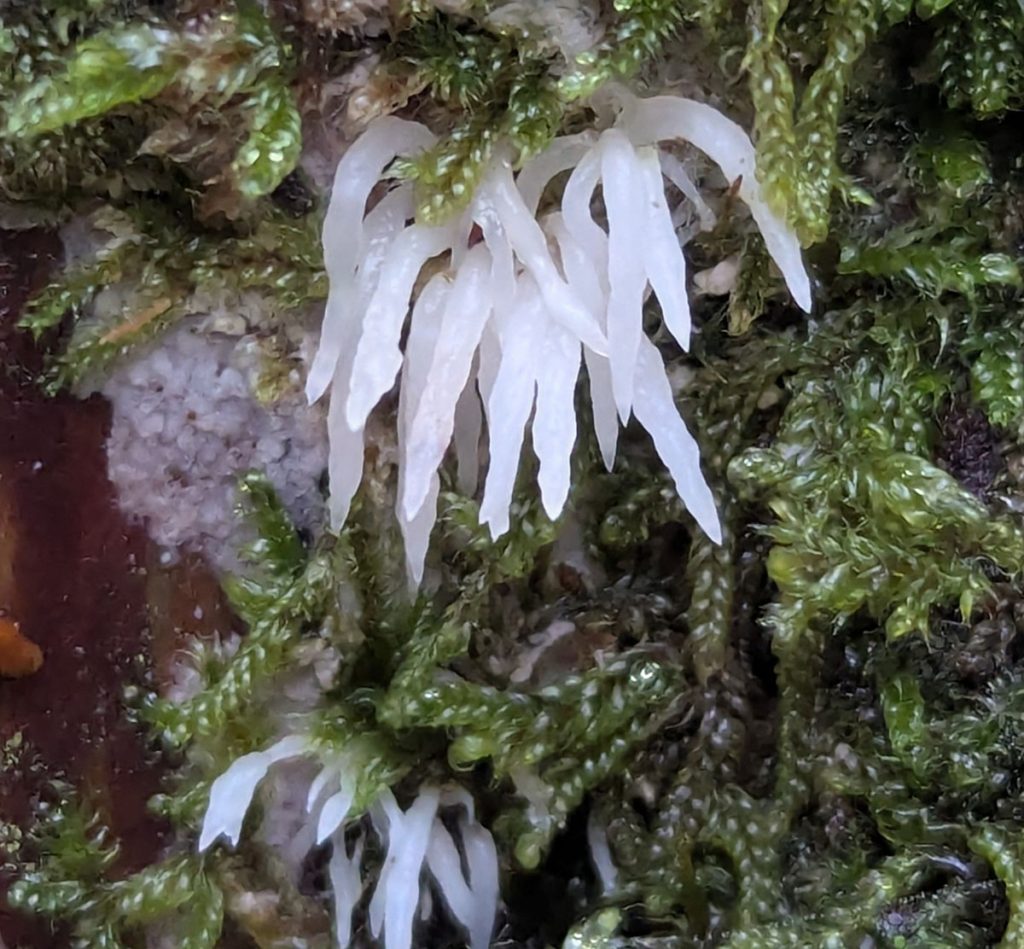
If technology isn’t your thing and you’re more interested in hands-on citizen science experiences, there are local opportunities with groups such as the Pacific Spirit Park Society (environmental monitoring, restoration, education), WildResearch (bird banding, wetlands monitoring), the Camosen Bog Restoration Group (camosunbog.ca), and Nature Vancouver, which holds a monthly bird survey at UBC Botanical Garden.
I’ve found citizen science to be a fun and flexible way to volunteer, learn more about our local community, and advance scientific research worldwide.
URSULA ELLIS LIVES IN WESBROOK PLACE AND WORKS AT UBC LIBRARY.
